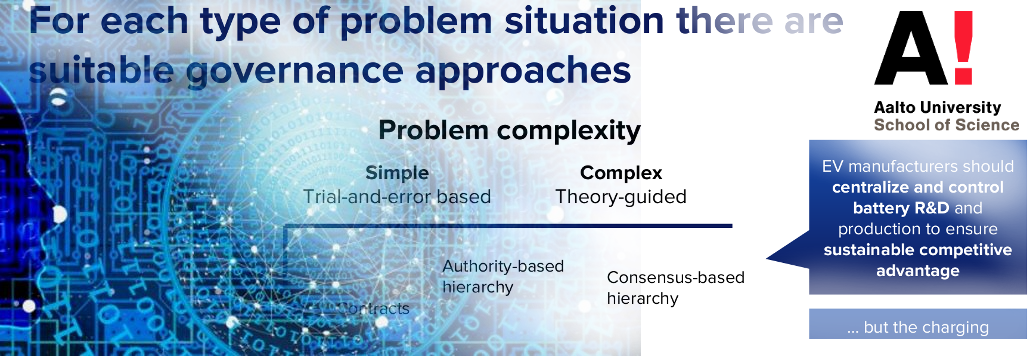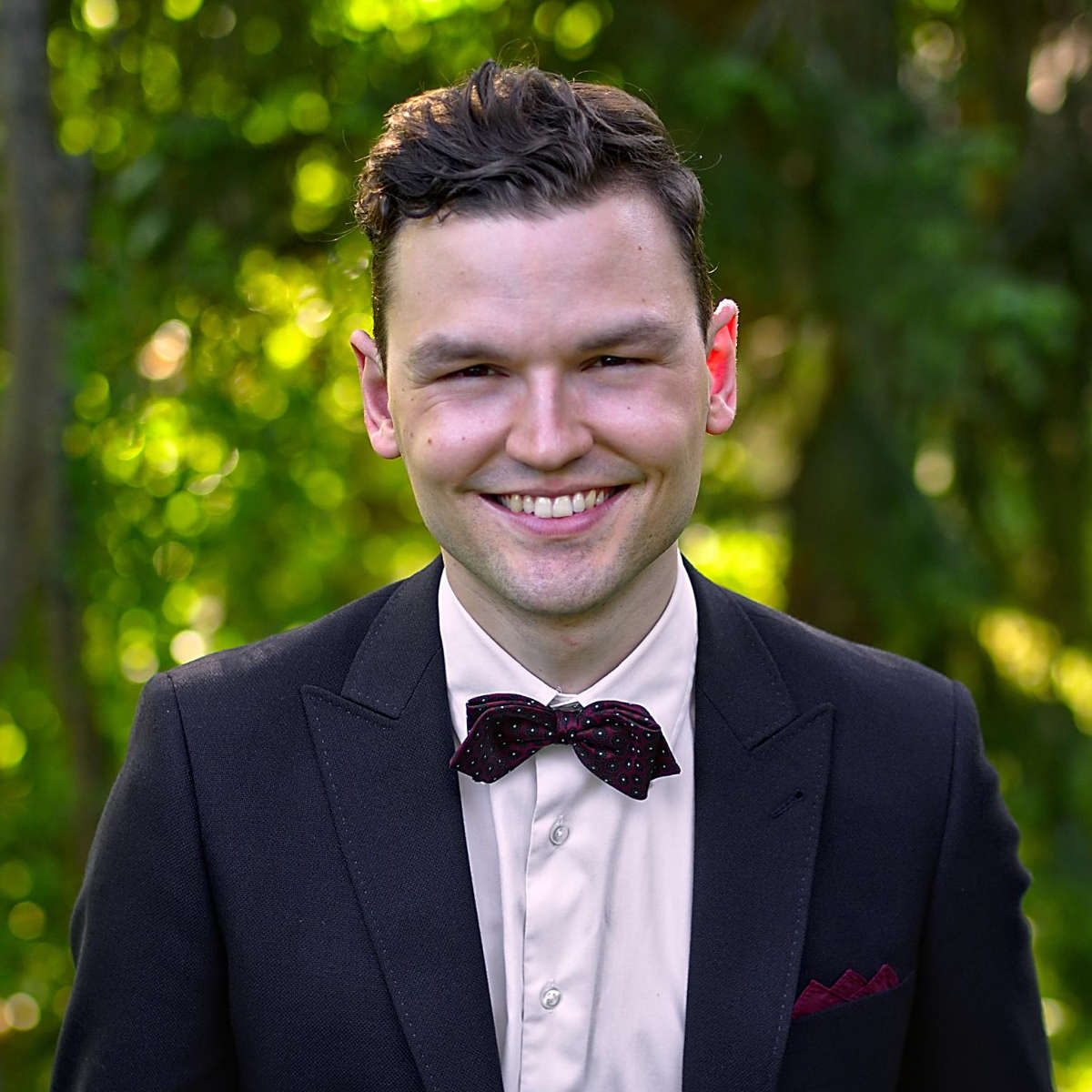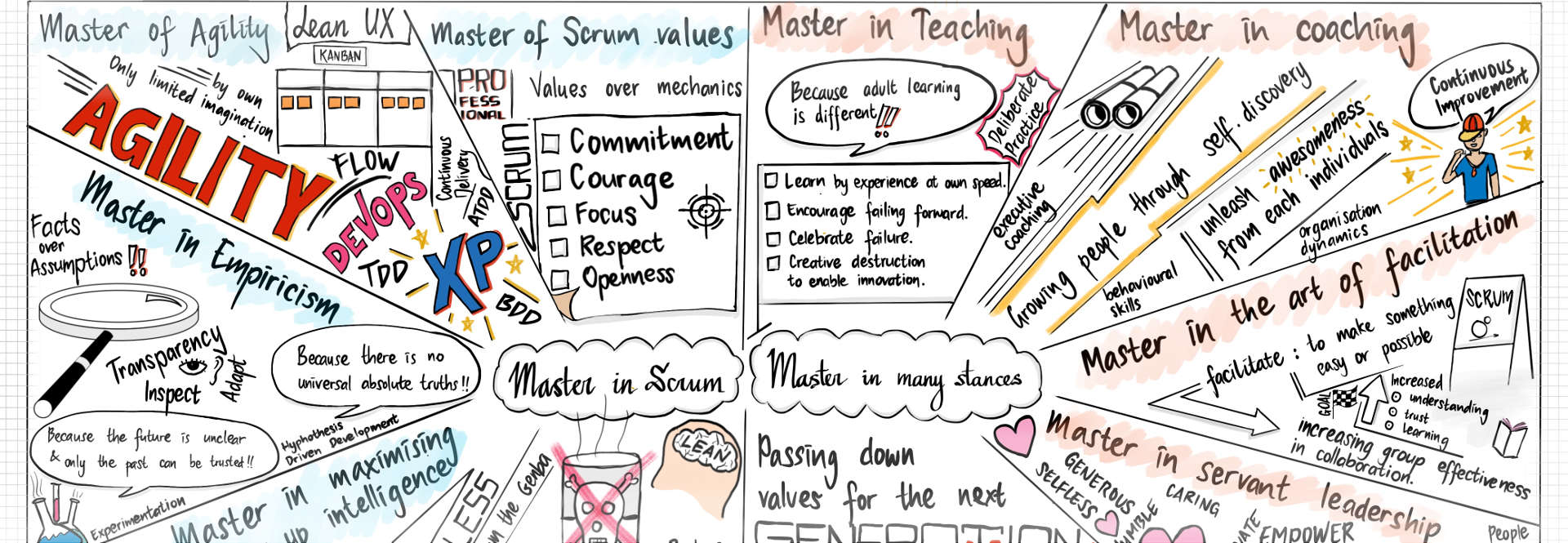My SMOTI Course Assistant experience
I helped Professor Ilkka Kauranen plan, prepare and deliver an advanced strategy course in which students are trained to convert findings from renowned research publications into actionable insight for specific corporate audiences. On the side I also organized and supervised a dozen university exams. This experience report describes and analyzes the experience from my point of view.
Background
For several years Professor Ilkka Kauranen has been running the master’s level course Strategic Management of Technology and Innovation (SMOTI) at the Department of Industrial Engineering and Management.
As per the official course description, the was (and is) about increasing firm performance by creating value from new technologies. Consequently, the following topics were emphasized: frameworks concerning the development of technology; impact of the technological environment on the strategic choices of the firm; designing, implementing, and adopting firm-level technology and innovation strategies; serving the mission, vision and, over-all strategy of the firm by technology and innovation strategies.
In practice the course is organized as a sequence of 12-20 sessions in which teams of students deliver presentations for each other. Each team has to study a specific academic article assigned to them by the course staff, and based on the article, prepare and deliver a presentation for each session.
The teams have to apply the insights from the article to a real life firm’s context thereby clarifying what the often abstract discoveries communicated in the original article can mean in a practical business strategy context. An opponent team is selected for each presenting team in order to create stimulating discussions and enhance learning. The course staff, especially the professor, also participates in the discussion and in giving feedback to the students.
The course also includes a project where the students apply the teachings of the course creatively to satisfy.
Tasks
My tasks included the following:
- Analyzing feedback from the previous instance of the course and planning improvements to the course design together with the professor.
- Co-developing and preparing the course material, including the course brochure, the course articles, the course project, the course exam, and the course website.
- Carrying out practical preparations, including reserving lecture facilities and coordinating schedules.
- Leading the course sessions together with the professor.
- Performing coordination, communication and customer service work together with the professor.
- Assisting the professor in the grading of the students and in the communicating of the results.
- Acting as the Responsible Supervisor or Co-supervisor to organize exams in the department (nine and three instances, respectively).
Time use
Figures 1 and 2 below depict my time use throughout my service. Overall, there is nothing very surprising in the data. Nonetheless, there are a few remarks in the figure descriptions.
Self-evaluation
Based on my analysis, I consider myself to have excelled in my role. The following include reasons to support this conclusion:
- I took my responsibilities seriously and strived to reach the best results.
- I carried out all tasks assigned to me diligently, punctually and with good quality.
- In addition to assisting effectively, I was also very proactive, innovative and exhibited customer and goal-oriented leadership.
- I was alert, accessible and responsive to all stakeholders.
- I was eager to receive feedback, learn and improve my performance.
- I took care of my work quickly to avoid time constraints.
I also received direct positive feedback from my superior. Professor Kauranen frequently praised my work. Most clearly I remember his praise for my capacity for abstract and synthesizing thinking after I had provided him somewhat major additions to the course brochure, especially its sections concerning the teaching and grading principles and philosophy applied in the course.
It must be noted that the experience was positive not only because of my success in the role but also because I was able to gain many important insights also from areas outside the practical work assignments that I carried out. Some of these are described below.
Learnings
While I learned many things, I wish to highlight the following:
- We live to serve. We should always emphasize the people we interact with and their perspectives when evaluating our work, behaviour and performance and how to improve it.
- Being very positive, encouraging and thankful is seldom not worth the effort.
- In projects with several stakeholders with high expectations, preparing and planning well and well in advance is very important. One should prepare sufficient reserves and battle plans to tackle all relevant scenarios.
- It is important not to promise or even hint of anything that you may not be able to deliver.
- Relentless and consistent perfectionism is warranted to sustain a polished image and high credibility but it can also minimize risks and thus save time and effort in case some of the less likely negative scenarios unfold.
- Social factors and self-images are very powerful drivers of motivation and performance.




